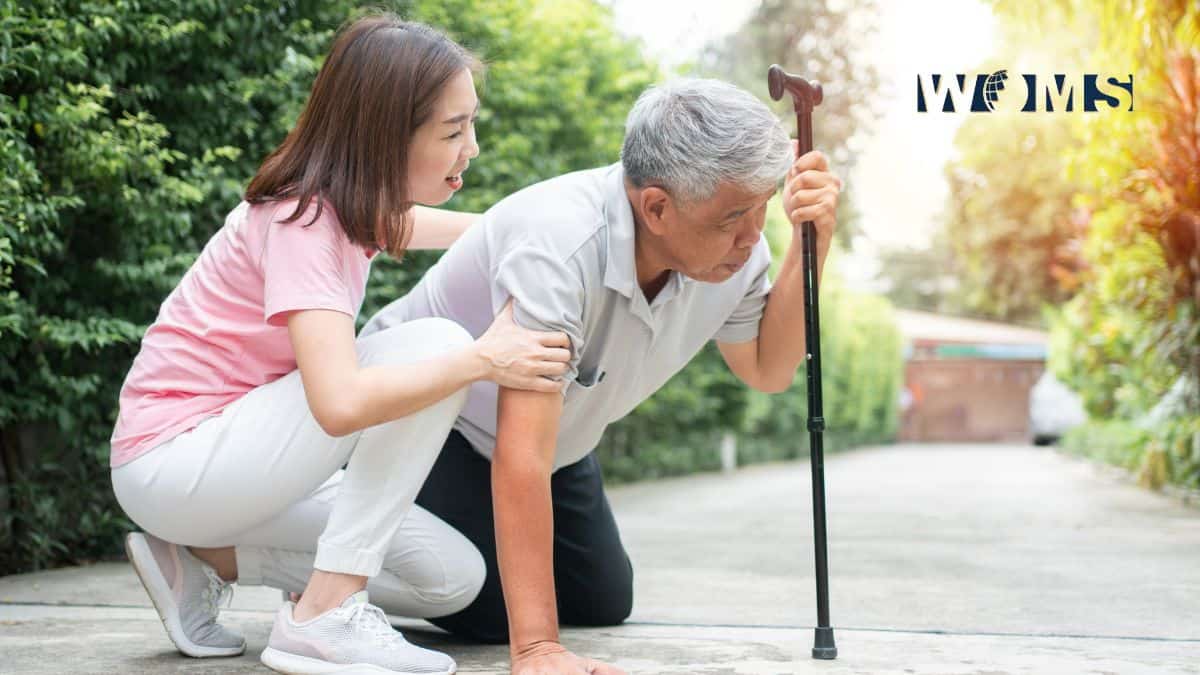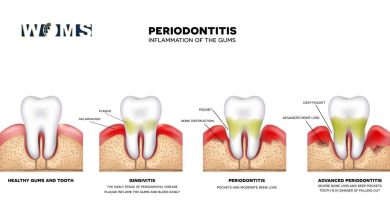Falls Prevention: Addressing Falls Among Seniors to Boost Safety

As people age, the risk of falls becomes increasingly common. Falls among seniors can have serious consequences, leading to injuries, reduced mobility, loss of independence, and even fatal outcomes.
According to the World Health Organization (WHO), an estimated 37.3 million falls each year require medical attention. These falls often result in fractures, head injuries, and other severe complications, leading to hospitalizations and increased healthcare costs.
The good news is that many falls can be prevented by implementing appropriate measures and making necessary lifestyle changes. Consider the following tips to help your loved one stay safe and avoid falls while maintaining a high quality of life.
Home Safety Measures
Seniors typically spend a lot of time at home, and unfortunately, they face several daily risks. Creating a safe living environment is crucial for fall prevention while promoting independence in everyday activities. Consider the following modifications to make your home safer and reduce the risk of falls.
- Remove tripping hazards: Secure loose rugs, clear cluttered pathways, and ensure electrical cords are out of the way.
- Adequate lighting: Install bright, non-glare lighting in all rooms and ensure light switches are easily accessible.
- Grab bars and handrails: Install grab bars in bathrooms, near toilets, and showers, as well as handrails on staircases. When choosing grab bars and handrails to improve bathroom accessibility, be mindful of the products’ placement and measurements. A reputable company will create accessible products that meet general accessibility guidelines. However, your responsibility is to place them appropriately based on your loved one’s needs.
- Non-slip surfaces: Use non-slip mats in the bathroom, add adhesive strips to slippery floors, and choose footwear with good traction.
Regular Exercise
Physical activity plays a significant role in fall prevention. Encourage seniors to engage in exercises that improve strength, balance, and flexibility. Consider some of the following exercises to incorporate into your loved one’s routine.
- Strength training: Encourage resistance exercises using weights, resistance bands, or body weight to enhance muscle strength.
- Balance exercises: Practice tai chi, yoga, or specific balance exercises like standing on one leg to improve stability.
- Flexibility exercises: Engage in stretching exercises to maintain joint mobility and reduce the risk of falls.
Medication Review
Certain medications can increase the risk of falls due to side effects like dizziness or drowsiness. It is essential for seniors to regularly review their medicines with healthcare professionals, ensuring they are aware of any potential fall-inducing side effects. Dosage adjustments or alternative medications may be necessary to minimize these risks.
Regular Vision and Hearing Check-Ups
Impaired vision and hearing can significantly impact balance and spatial awareness. Regular eye and ear examinations help identify and address any issues promptly. Seniors should wear the appropriate eyeglasses or hearing aids as prescribed and keep them clean and well-maintained.
Assistive Devices
For seniors with mobility challenges, assistive devices can provide much-needed support and stability. These may include:
- Canes: Single-point or quad canes provide extra balance during walking.
- Walkers: A walker with wheels or a stationary frame can aid those needing greater stability.
- Wheelchairs: For individuals with limited mobility, wheelchairs offer safe transportation and improved mobility.
Falls prevention is critical to senior care, enabling older adults to maintain their independence and overall well-being. By taking proactive steps and implementing preventative measures, seniors can enjoy a life free from the fear of falls and embrace the joy of healthy aging.



